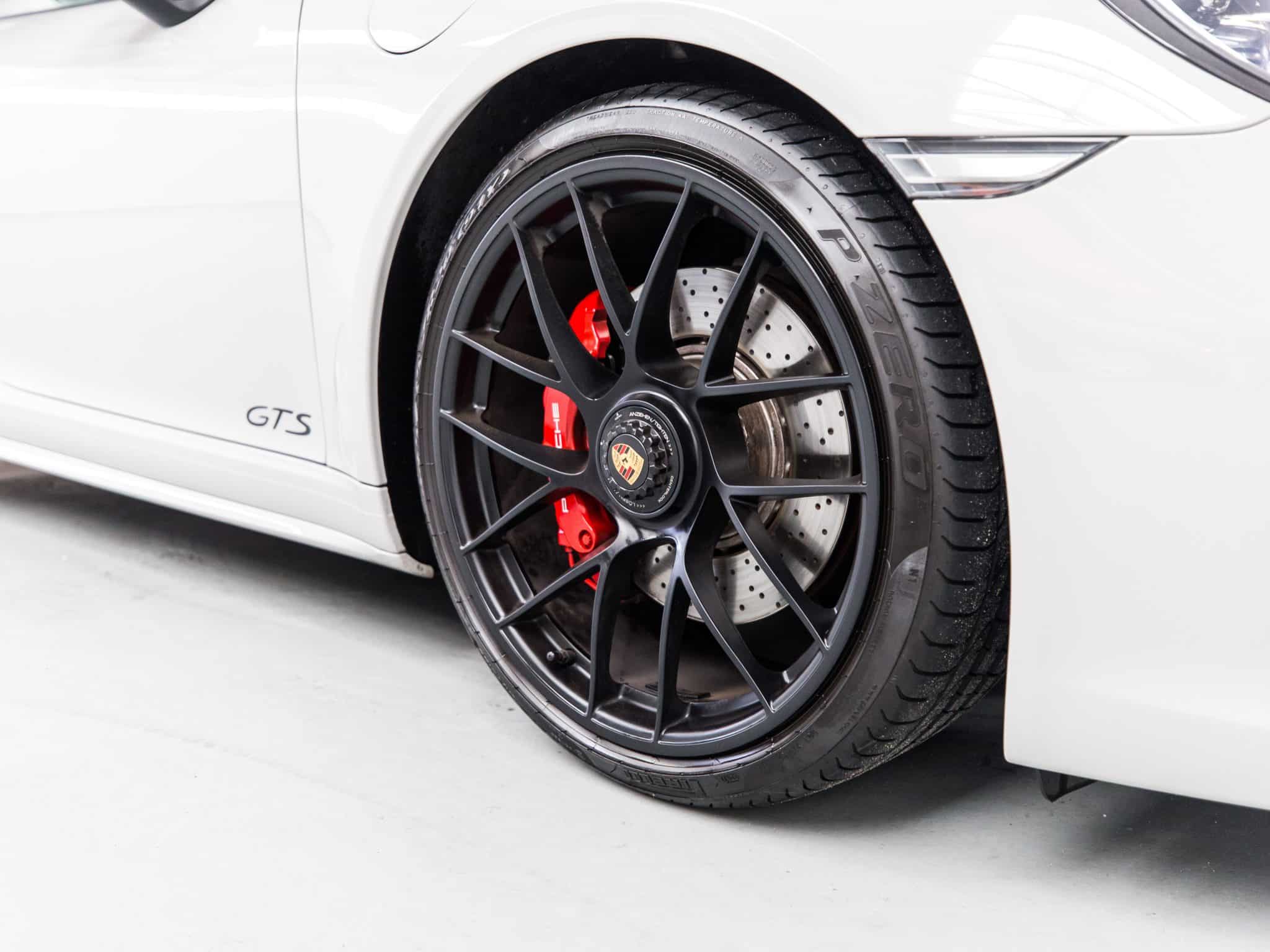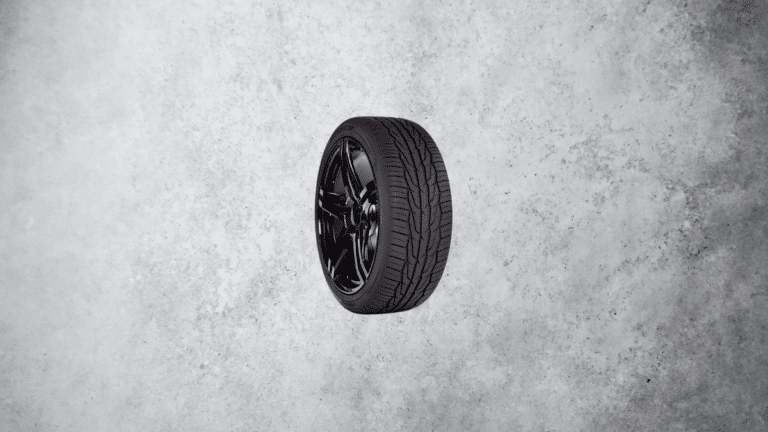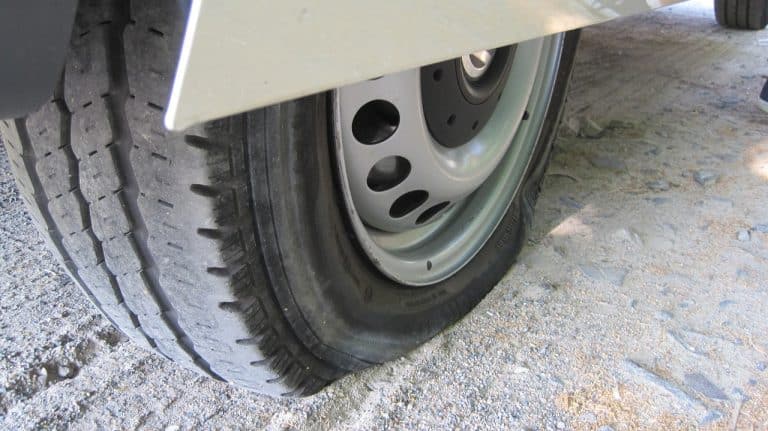UTQG Rating Guide
When getting a new set of tires, most people pay attention to the dimensions, which is a crucial aspect. There is a direct correlation between the wheel and the tire size you can fit it on, so you don’t have a lot of room to experiment with.
A while ago, I spoke about changing the tire size, which is another topic you should look into. Apart from the tire size, many people don’t pay too much attention to several other markings on the side of the tire. People often miss the load index and speed rating, which are essential for a safe driving experience.
One of the lesser-mentioned markings on a tire’s sidewall is the UTQG rating, which I’ll discuss today. I’ll explain what it is and why it’s important to you.
What is the UTQG rating?
UTQG stands for Uniform Tire Quality Grading, a rating that’s been around for a while. It’s a way to outline 3 tire abilities: treadwear, temperature resistance, and traction. All 3 play a crucial role and will let you know how well a tire should perform in certain conditions and for how long.
The rating was created in 1978 by the Department of Transportation, specifically the National Highway Traffic Safety Administration. All tire manufacturers had to have the rating stamped on the sidewall of the tires produced after March 31, 1979. This is one of the several conditions needed to get a tire to be DOT-approved, meaning that if a manufacturer doesn’t have the UTQG rating, the tire won’t be street-legal.
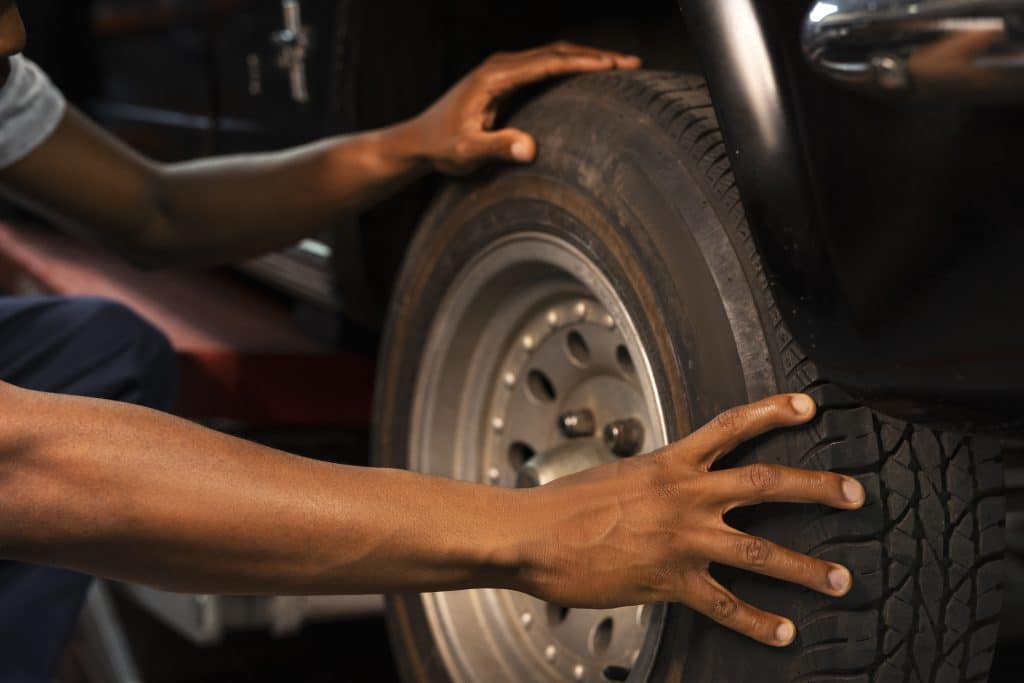
As far as getting the ratings, things depend on the manufacturers. NHTSA outlines the conditions and tests needed, but that’s only in theory. The actual tests are conducted by the tire manufacturers or, in some cases, an outsourced specialized company. Despite that, NHTSA still reviews the data, meaning that if there is some kind of inconsistency, the tire manufacturing may get a fine. As good as this sounds, as I mentioned in some of my previous informative articles, it’s more of a marketing campaign. Despite that, it should serve some purpose to give you an idea of what you should expect from a tire.
Even though passenger tires are required to have the UTQG rating on the sidewall, it doesn’t apply to all of them. Winter tires are one of the many types of passenger cars that aren’t required by law to have this rating. Apart from those, we also have other non-passenger models, usually the ones that fall within the commercial use category.
What are the components of the UTQG rating?
When looking at the UTQG rating, you should know that there are 3 components, each outlining a different type of information about the tire’s abilities. They are treadwear, traction, and temperature, so let’s discuss each individually.
Treadwear
The first category in the UTQG rating is treadwear. This outlines how a tire wears throughout the test and gets a grade based on that. A manufacturer will put the tire to the test on a course of 7,200 miles and gather the results. Those results are compared with a controlled tire, and the manufacturer can give you a rating.
During the comparison process, the controlled tire has a treadwear of 100, which is considered a baseline. Once the test is done, the manufacturer measures how much wear there is on the tire, so it can assign the rating. For example, if a tire wears 4 times less than the controlled model, it will get a treadwear rating of 400.
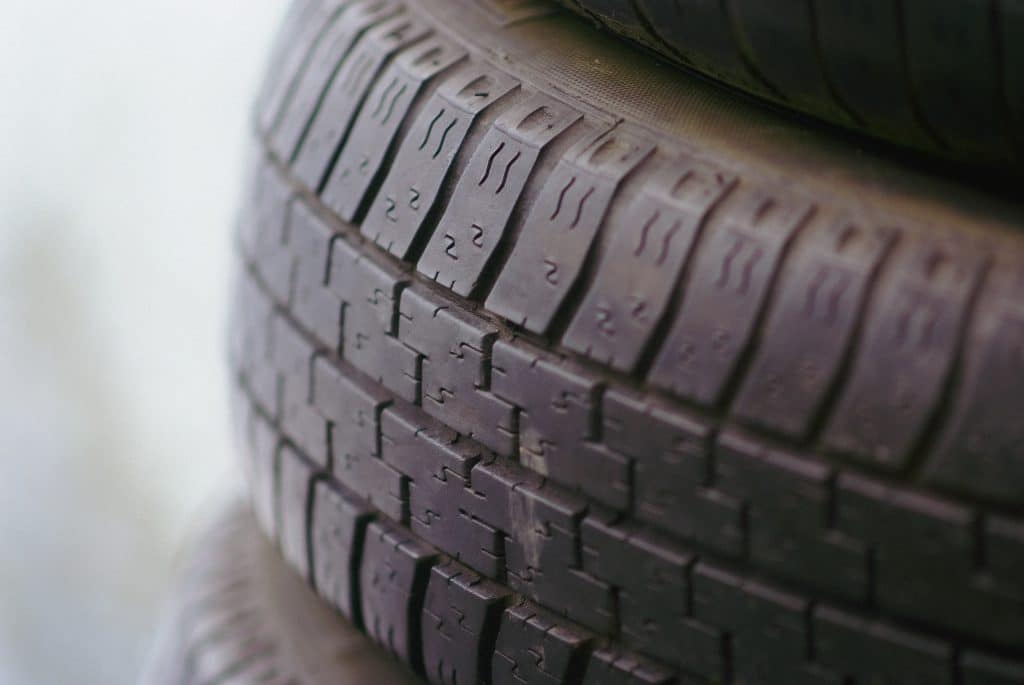
On the other hand, there are situations where a tire will wear faster than the controlled one. In this situation, the treadwear rating will be below 100, indicating that a tire will wear down faster.
Generally, performance tires have a lower treadwear rating, while touring tires have a higher one. To give you a better understanding, here’s another example. The Pilot Sport 4S has a treadwear rating of 300, while the CrossClimate 2 has a rating of 640. Does this mean the grand touring model will last twice as long as the UHP one? No, but I’ll explain that in a separate section of this guide.
Traction
Next, we have traction, the UTQG rating part that determines how well a tire does on a wet surface. You may find some info online claiming that this checks only the stopping power, but that’s not the whole story. Based on NHTSA, the traction rating measures more than just braking distances, and it does that on multiple surfaces.
Unlike the treadwear rating, with the traction one, there are 4 levels of traction a tire can have: AA, A, B, and C. A tire with the highest traction rating will get the AA markings, while the lowest grade it can get is C. If you dive deep down into the rating, you’ll see that there are two areas that the test covers.

First off, let’s talk about the conditions. To get a rating, manufacturers test their tires over two types of surfaces – asphalt and concrete. Naturally, the asphalt is rougher, so the g-Forces measured in this test will be higher when compared with the concrete.
The actual test is carried out on a skid pad on both surfaces where a tire gets dragged on a skid trailer behind a truck. During the test, a measurement is taken to determine the g-forces created by the tire, and based on a chart, a manufacturer can assign the traction rating.
Temperature
Finally, we have the last aspect of the UTQG rating, which is the temperature. This one determines a tire’s ability to resist temperature increases in high-speed scenarios. Resisting the temperatures also means that a tire will also be able to deliver the necessary performance in those conditions without any issues.
In terms of temperature ratings, you have 3 grades, A, B, and C. The highest grade is A, meaning a tire will have no issues performing at speeds over 115 mph. A B-rated tire will be good for speeds between 100 and 115 mph, while a C-rated one will have no problems at speeds between 85 and 100 mph.
The test is conducted in a laboratory, where a tire is put on a rolling drum, simulating real-world conditions. Sure, they’re not identical, but it should give tire manufacturers an idea of how much their tires can last in high-speed scenarios. Naturally, the tire is inflated at a certain pressure to ensure the conditions are as close to the real world as possible.
Regardless of the tire’s grading, the temperature rating should give you some idea of how well a tire can handle when you push it to its limits.
How precise is the UTQG rating?
Now we come to the interesting segment of this guide, and that’s the accuracy of the ratings. Sure, NHTSA stands above all tire manufacturers, and you won’t see a lot of funny businesses here, but things aren’t as straightforward as you may think.
The first thing you should consider is that these ratings should be considered only as reference points. With all 3 tests, tire manufacturers assign the ratings based on tests in a controlled environment, something that you won’t experience too much in the real world. The best example I can give you is the treadwear rating. On paper, a tire with a rating of 800 should last a very long time, right? Yes and no.
Theoretically, a tire with a higher rating should last longer, but only if you follow the tests. In the real world, things are a lot different. Millions of factors can reduce the lifespan of a tire, and the range from any of the examples I outlined in my uneven treadwear guide to your driving style or even, in some situations, tires on a new car from the factory. In one of my previous guides, I mentioned the Ventus RS-3, a tire that initially had a treadwear rating of 140 but then got 200.
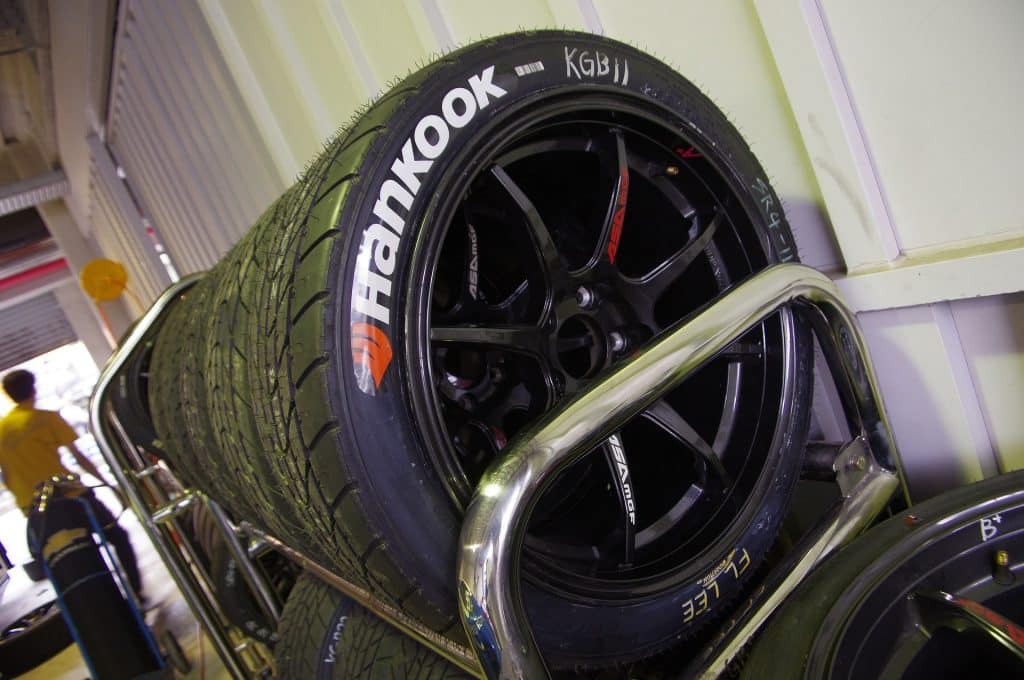
The important thing to note here is that the tire didn’t get a major overhaul and a compound that wears better during that time. In fact, this was to adhere to a certain set of rules in a few racing series. What does this tell us? In my opinion, this tells us that the rating isn’t something that will give us an estimate of how much a tire will last because manufacturers get the number based on controlled tests.
NHTSA requires tire manufacturers to make these tests so that the tires get a UTQG rating, but there is a flaw in this. The conditions are ideal, and no tire will endure in the real world. As a result, a tire with a treadwear of 700 may last less than a tire with a 500 treadwear rating.
The conditions combined with your driving style greatly affect how much a tire lasts. In addition to that, other factors can contribute to uneven wear, which can additionally shorten the lifespan.
Conclusion
On paper, the UTQG rating offers a good amount of information that should give you an idea of how a tire can perform. The ratings offer most of the information you need, but there is a little problem, and that little problem is called ideal conditions.
Manufacturers test their tires in ideal conditions and assign ratings based on the results they get. While the information is solid, it will not mean much because none of us drives in those conditions.
As much as this seems like hate toward the UTQG rating, it’s not. The ratings on the sidewall aren’t written in stone, and for most people, they should serve as a reference point. My goal for this guide was to explain the UTQG rating and how you can use it to get an idea of how a tire may perform.
